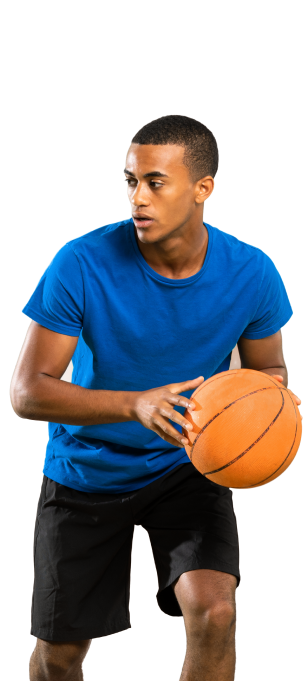Rotator Cuff Repair
The rotator cuff is a group of four muscles and their tendons that surround the shoulder joint, providing stability and facilitating various arm movements.

The rotator cuff is a group of four muscles and their tendons that surround the shoulder joint, providing stability and facilitating various arm movements.

The rotator cuff is a group of four muscles and their tendons that surround the shoulder joint, providing stability and allowing for a wide range of motion. These muscles include the supraspinatus, infraspinatus, teres minor, and subscapularis. The rotator cuff is essential for overhead movements and shoulder function. Injuries to the rotator cuff, such as tears or strains, are common and can result from overuse, trauma, or degeneration over time. Treatment options range from conservative measures like rest, physical therapy, and anti-inflammatory medications to surgical interventions like arthroscopic repair for more severe tears. Rehabilitation plays a crucial role in restoring strength and function to the shoulder after rotator cuff injury or surgery, typically involving exercises to improve range of motion, strengthen muscles, and promote healing.
Preparing for rotator cuff surgery involves essential steps. Consult with your surgeon to understand the procedure and potential outcomes. Complete preoperative assessments, including imaging and lab work. Discuss medications and follow fasting instructions. Arrange transportation for the surgery day and prepare your home environment for recovery. Consider postoperative care and assistance with daily tasks. Physically and emotionally prepare by following preoperative exercises or recommendations. These preparations contribute to a smoother experience and enhance the likelihood of a successful recovery after rotator cuff surgery.
Rotator cuff surgery addresses injuries or tears in the shoulder muscles and tendons. Usually conducted arthroscopically, small incisions allow for camera and instrument insertion. The surgeon repairs or reattaches the torn tendon, aiming to restore shoulder stability and function. Postoperative rehabilitation is vital, involving physical therapy to regain strength, flexibility, and range of motion. Initial use of a sling may be required, gradually transitioning to more active exercises. Adherence to rehabilitation protocols is crucial for a successful recovery, with the ultimate goal of reducing pain and restoring optimal shoulder function after rotator cuff surgery.
Life after rotator cuff surgery involves a structured recovery process. Initially, the focus is on pain management and regaining basic shoulder functions. Physical therapy plays a pivotal role, gradually introducing exercises to rebuild strength, flexibility, and range of motion. The use of a sling may be required during the initial phases. As recovery progresses, patients incrementally resume daily activities, work-related tasks, and, eventually, sports or recreational pursuits. Patience is crucial as full recovery may take several months. Adherence to the prescribed rehabilitation plan, including ongoing exercises and follow-up appointments, is essential for optimal outcomes. Life after rotator cuff surgery aims for restored shoulder function, reduced pain, and a return to a fulfilling and active lifestyle.
Rotator cuff physiotherapy is integral for post-surgery recovery or managing injuries. Initially, emphasis is on pain control and gentle exercises to enhance shoulder mobility. As the healing process advances, targeted exercises are introduced to strengthen the rotator cuff muscles and improve overall shoulder function. Modalities like ice or heat may be employed for therapeutic benefits. The physiotherapy program is personalized, considering the individual's specific condition and recovery goals. Progressive exercises aim to rebuild strength, flexibility, and range of motion, preventing re-injury. Consistent collaboration between the patient and the physiotherapist is vital for successful rehabilitation, ensuring an optimal return to daily activities with a strong, functional, and pain-free shoulder.